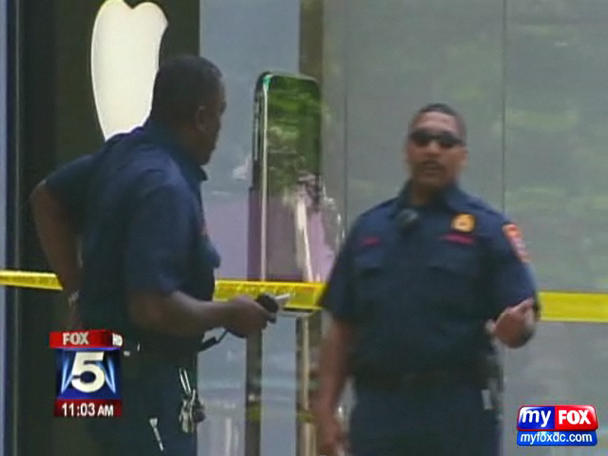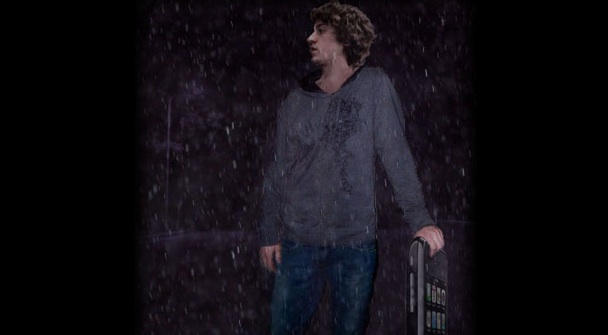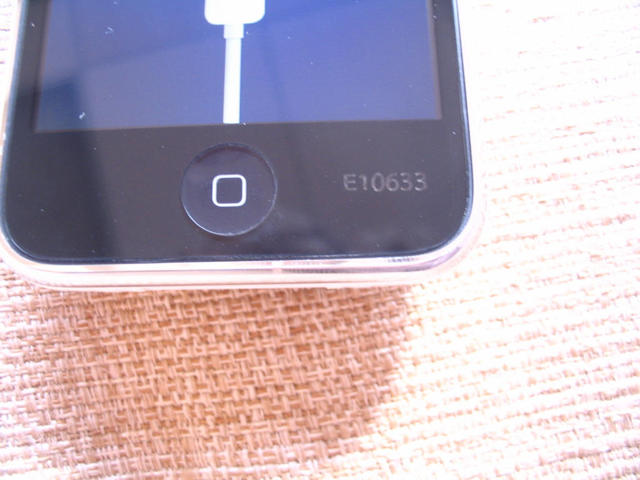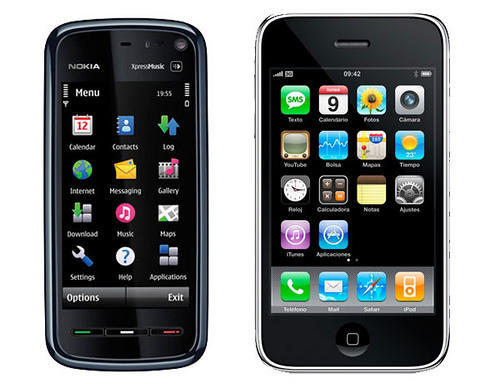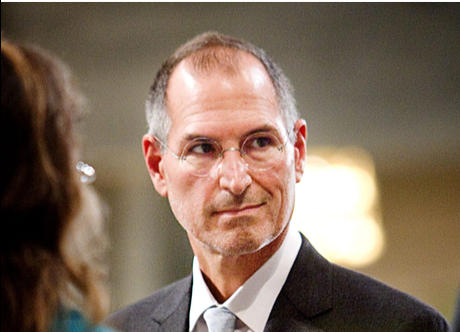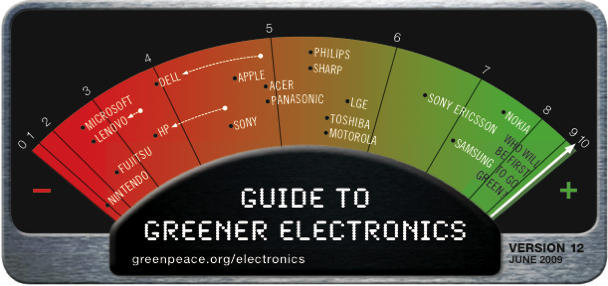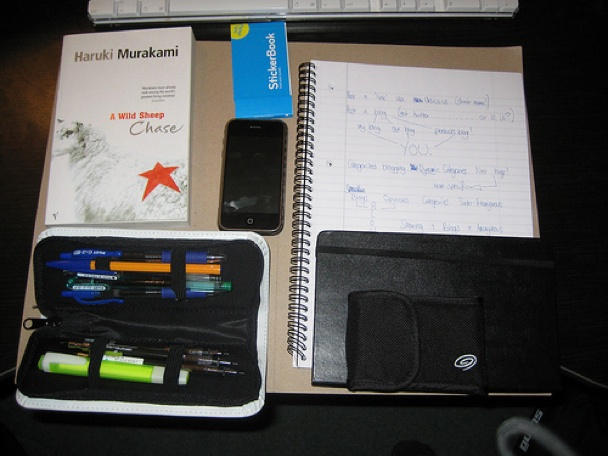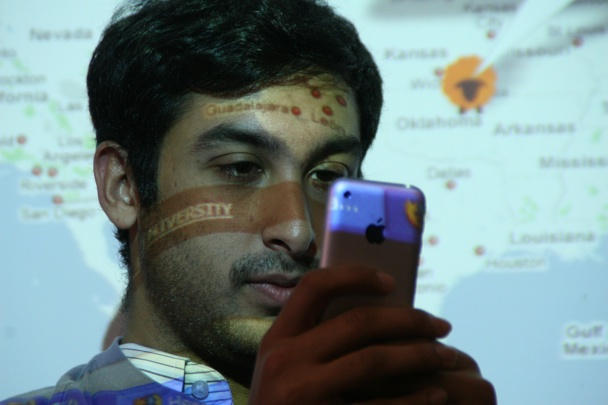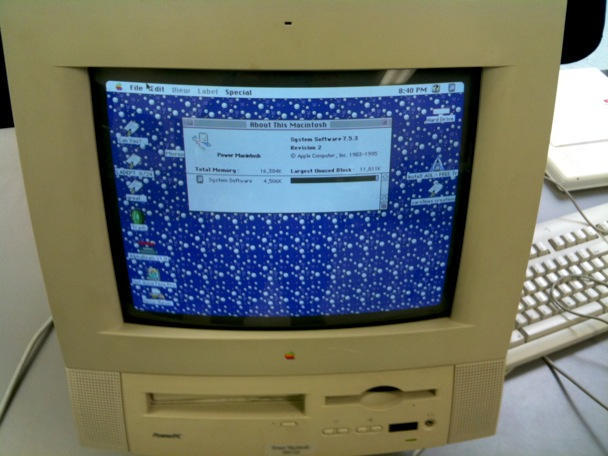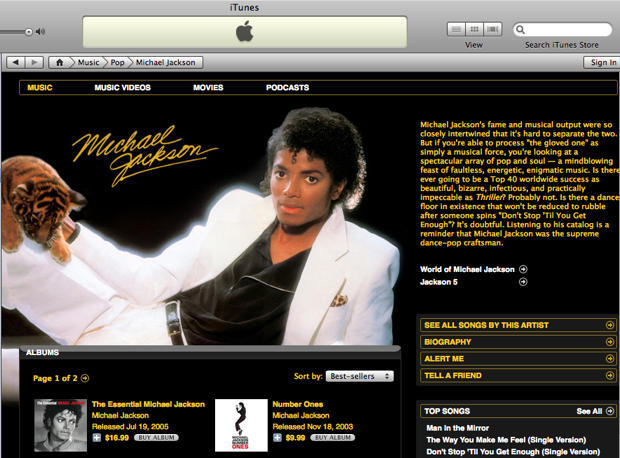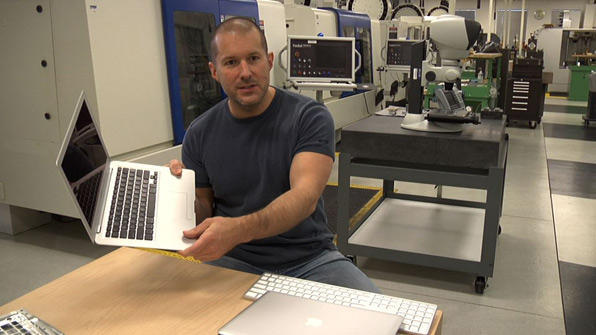On Twitter, Eucalyptus author Jamie Montgomerie says his app is now saddled with a 17+ rating, a change he made after Apple requested that he do so. (And, oddly, the app is referred to as a game on its App Store page warning section.) You may recall that the app caused controversy when Apple rejected it, primarily for it enabling you to download the text from Kamasutra. Apple later relented, but now the app has all sorts of warnings on the App Store, as shown above.
Again, the problem isn’t so much Apple’s decision—although it seems heavy-handed for a text-based eReader that only grabs content from Project Gutenberg—but a lack of consistency. At the time of writing, Free Books (App Store link) is rated 12+, while Stanza (App Store link) is rated 4+, despite it providing access to Project Gutenberg and a bunch more content.
Here’s hoping Apple soon starts levelling the playing field for all, because it’d be a huge shame for a great piece of indie software to lose sales due to having a rating none of its similar competition has.
Eucalyptus is available for $9.99 on the App Store and comes recommended if you can deal with the kind of mind-warping infrequent/mild alcohol references, infrequent/mild profanity, infrequent/mild horror themes, frequent/intense mature/suggestive themes and infrequent/mild sexual content that Apple argues you’ll find in the text of classic out-of-copyright novels.



